© 2023 Dr. Martin Rosen Educator
“I decided to take this course after many years working with developmental professionals from chiropractors to speech therapists, occupational therapists, vision therapists, neurofeedback scientists, early interventionists, nutrition coaches, and special education staff and advocates. Every professional has a different knowledge base which creates gaps in knowledge and educating parents. I wanted to hear Dr. Marty and Dr. Nancy’s take on a very much overlooked foundational piece of the puzzle, and what it means for overarching development of the whole child.
Having taken this program, my three takeaways are:
1) Physical appearance is often related to functional differences and compensatory patterns, which impact normal development 2) Common is not the same as normal 3) Trust your instincts and get help even if your professional tells you that development seems on track; you are your child’s best advocate and first teacher.
This course put together many pieces of the puzzle for me, connecting physical restrictions with development in the brain, tongue-tie and global effects down the line in development of the face, teeth, jawline, and particular distortions and movement patterns to notice when observing a child.
I was able to speak with confidence to a family who had opted for a helmet for their child, and had not yet not sought chiropractic care at the time. I was able to explain the importance of addressing the compensatory patterns which arise from the torticollis and plagiocephaly, and describe how the sutures experience a lot of tension and force with helmet use. Further, I was able to link these patterns with visible vision and tracking difficulties, as well as other compromised developmental milestones that were easily identifiable by the parents.
Thank you so much for making this course available to the public! I would love to see it featured through PBS, Gaia, and/or mainstream parenting support websites.”
Ashley Dalidowitz
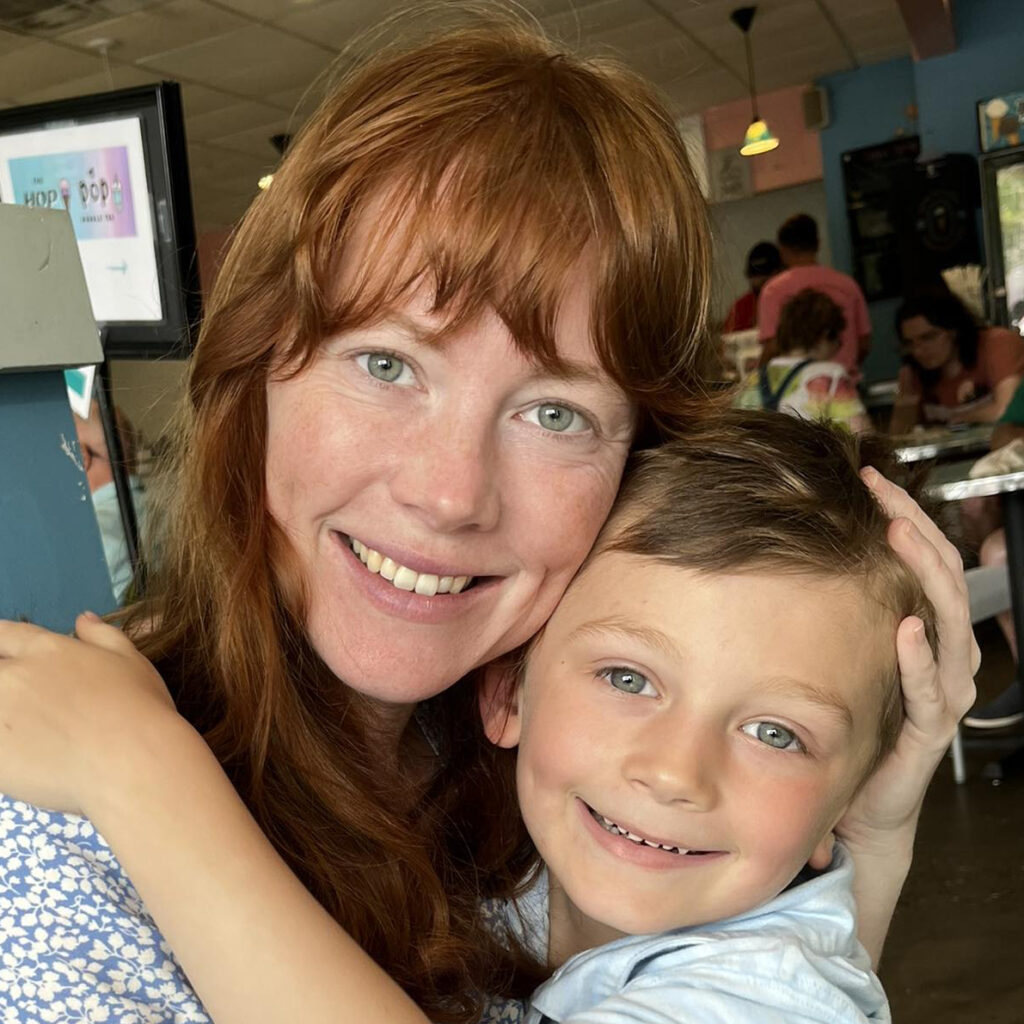
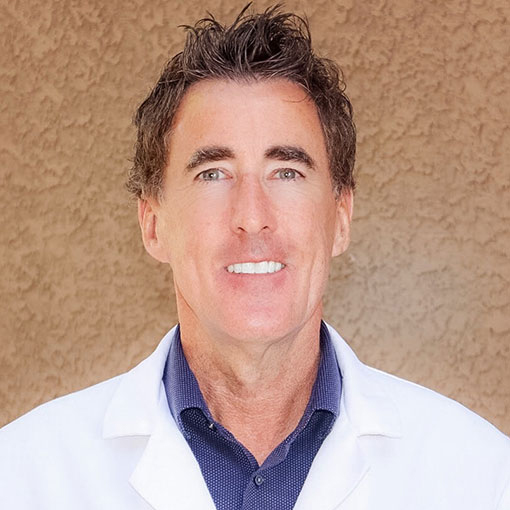
“I am a holistic dentist always looking to expand my knowledge. My first granddaughter experienced a tongue tie revision and plagiocephaly treatment.
My three takeaways: A child’s growth is deeply multifaceted. Childhood conditions and diseases should not be commonplace and should be re-evaluated from a different angle. Normal and common should not be interchangeable terms when talking about childhood development.
I personally witnessed my granddaughter go through a tongue tie revision and improve her ability to feed. My granddaughter’s head shape changed drastically through PT, body work and chiropractic care and no longer needs a helmet. Her cranial asymmetry went from 5.1 to 0.8, without a helmet!
I evaluate my pediatric dental patients more thoroughly and ask parents more questions about their infant hood and milestone timelines.
Thank you for a great course!”
Michael Bell, DDS
“I took this course because my daughter took a fall at the playground and landed on her face. Her right orbit hit the edge of a steel structure. Since then I noticed asymmetries in her face that I wanted to know how to treat.
I will definitely be sharing this program with my colleagues because there is a small window in which chiropractors can bring on great change in a child’s nervous system development. Primitive reflexes and milestones are the building blocks to a child’s nervous system development and helping to identify and help integrate these will greatly help children develop properly. Identifying tongue ties and informing parents on their options for care is so incredibly important in helping them navigate their infant’s first year of life.
It gave me tools to assess retained reflexes in my kids as well as my patients.
I looked for retained spinal Galant reflex in a child who was said to be disruptive in school and had too many meltdowns according to his mom. He was positive for the retained reflex. I treated him during his adjustment sessions and also gave mom more exercises to do at home and she said his behavior improved.
I have always loved your seminars and content. I just wish the material was presented a bit more slowly. It’s like drinking from a fire hose at times. The slides and transcripts are very helpful. Reading from the teleprompter, not so much. Overall it was a wonderful course. Thank you for sharing this knowledge!”
Dr. Kenneth Yong Gu Kim

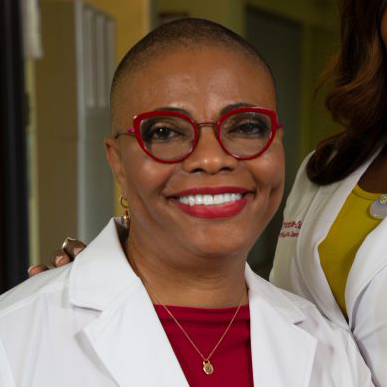
“Thank you so much Dr. Rosen for access to the course.
It was very informative and very helpful. I treat infants and always understand that the first 1000 days are critical in their development and that many things mimic a tongue tie and we work with an osteopathic physician and some chiropractors to help alleviate somatic dysfunction, subluxations, occipital condylar compression and other birth trauma. We use non-surgical laser 1064 nm wavelength (Babylase) to help release fascial restrictions and integrate cranial nerves to improve function. Sometimes surgical intervention is needed but not before calming the ANS. And we follow the infants closely (every 3months) to monitor proper growth and development. Generally treating and collaborating for Structure, function, behavior, neurology, nutrition and posture.
I was particularly intrigued by the CSF study at 6 months of age that could help to identify those that were diagnosed with Autism later.
Again, thank you for this course and for standing up for the most vulnerable amongst us. We preach every day that ‘common does not equal normal.’”
Lynda Dean-Duru, DDS
Integrative functional laser pediatric dentist
“I wanted to learn what signs to look for in infants that may tip off that there are some cranial imbalances that need to be addressed
I’d say one would be to observe, observe, observe – notice details in the face, skull, etc. The other would be that there are things that can be addressed at home if mild, such as placing toys on the restricted side in the instance of torticollis, for example. Third would be the innate intelligence of the body mindset toward potential and growth – I think this is the accurate frame to convey this to patients.
Gave useful information so parents can know when to intervene early to put kids on the best trajectory of potential/development.”
Brigitte DeLashmette, MD
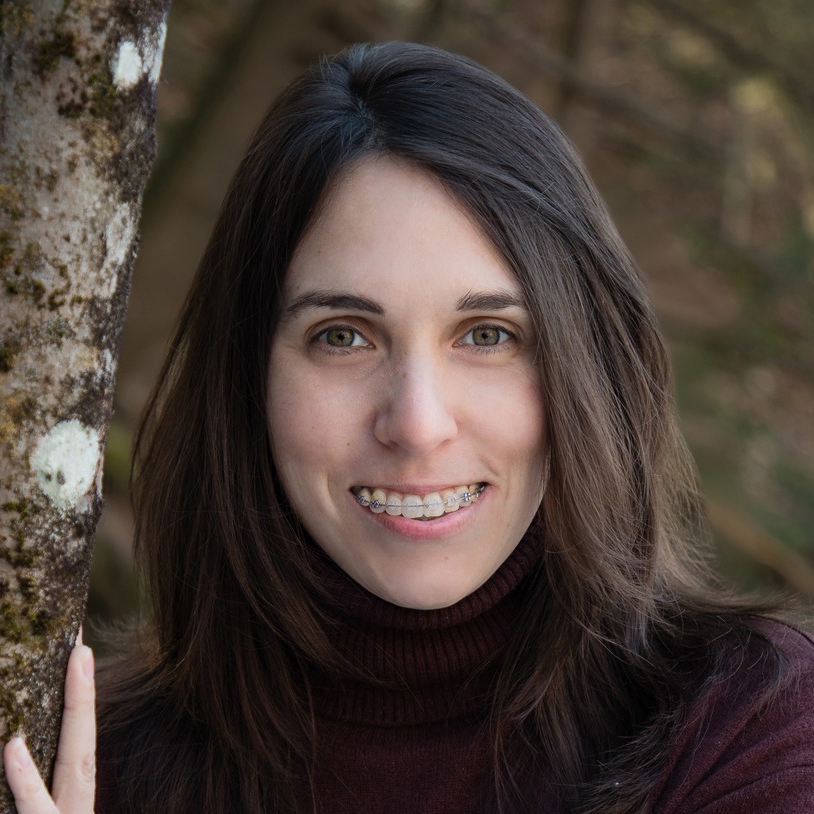

“I wanted to take this course online so it could fit the ebb and flow of my life time-management-wise. I hoped to get out of it in more detail on topics Dr. Rosen and Dr. Watson had touched on in classes I have taken, and also to experience it being broken down at a different pace and rhythm than the other classes I have taken, It did not disappoint.
Having taken classes in person and online with Peak Potential Institute, and having watched the program develop and deepen over that time, three takeaways include: These classes are extremely well made and thought out. With so many simple talking-head videos passing for online courses out on the web, these classes provide transcripts, slide shows, and regular assignments. Love that. Kajabi provides a robust platform that has not lagged or skipped in my experience and I love that. This legacy of education is priceless. I also appreciate that some of the classes offered, like this one, are geared towards not just chiropractors, and that broadened the usefulness as it was considered and included information that helped me be more effective and agile with parents.
My niece’s son was just born with a fracture in his skull due in no small part to birth trauma and birth idiocy on the part of the hospital. My thought process in treating and evaluating MJ as well as how I communicate with my niece and sister have been impacted and we all benefit from that.
Well done. Your programs just get more and more robust and luscious!”
Dr. Lisa Geiger
“The main purpose of taking this class is to understand more about cranial distortion and the impact on childhood development. Also I hope to learn more about the normal development of an infant through the early years. What to look for in terms of the abnormality.
That 90% of the brain cells are formed during the first year and the adult myelination is present by the end of the second year. That’s quite mind blowing to me. That the first 6 years of the childhood programming will pretty much affect that child for the rest of his or her life. It makes me reflect on my own and my siblings’ childhood. That common abnormal in child cranial distortion should not be overlooked or brushed off as normal.
The knowledge that I know now will impact how I will look for my own child in the future and professionally it gives me more confidence to advise clients that just have their own child about their development.
Checking and explaining to my new mom and the information about her child development was really appreciated by her. She commented that her pediatric wasn’t as thorough as me. And as a result, she refers more clients in.
Thank you so much for taking time putting this course together. The information is really cool and I don’t see it in other places.”
Dr. Maybelle Heng
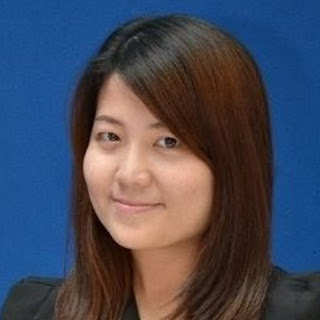
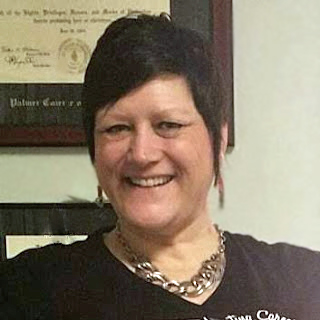
“I took this course because I really feel like there is SO much information within the understanding of the distortions and the dysfunction of the nervous system. I want to be able to change my practice and educate my patients, parents and general public.
This program was a great way to communicate and connect with others that have different professional experience and callings to work with creating function
I have changed how I practiced; I think about all the people that I know and how they are impacted and I want to have more knowledge and ability to express the information and change the outcome of the distortions and help the nervous system.
What I have learned is shared every time I put my hands on someone at work.
Thank you so very much for your time, energy and knowledge.”
Dr. Brooke Lee
“I took this course to learn more and more about cranium, understand every detail and increasingly improve my analysis and conduct.
I take all courses learning from this couple is wonderful and addictive learn from them and transform lives in the best way. All of your courses have an absurd impact on my personal and professional life, because I feel like I am giving my best to my patients and transforming their lives, I become happier every day.
A 2 year old girl with a lot of skull asymmetry, her left eye was much smaller, in addition to aesthetics, she breathed through her mouth and had very strong recurrent otitis, her ears leaked pus more than once a month, after the adjustments I made, she never had otitis again, she didn’t have a blocked nose, she can breathe through her mouth and her eyes are much better.
You two are my inspiration. I thank God for your life.”
Lilian Aliberti, DC, CACCP
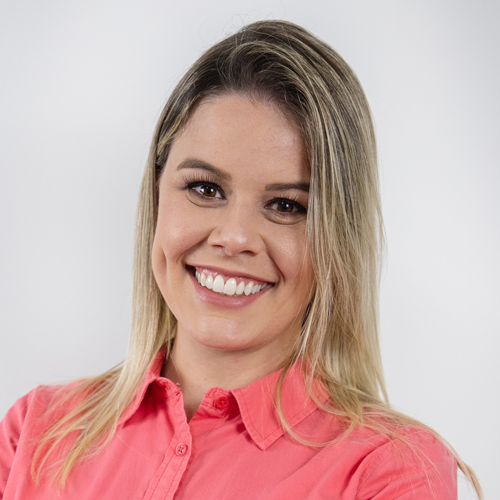
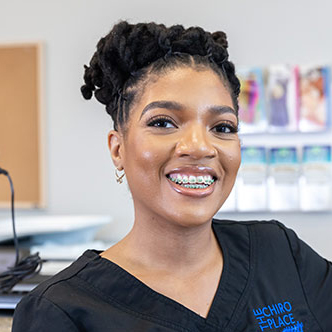
“I took the course to broaden my knowledge and better serve my patients.
The program is a great refresher for the structures of the cranium, it correlates how malpositions of cranial structures can affect neurological development. The course also draws your attention to details that other clinicians miss.
This course has helped me as a parent know what indicators to look for as possible cranial subluxations in my children. Professionally, it has given me better verbiage to explain how what we see ties into what’s going on the inside.
I was able to use the skills learned in this course to better explain to a parent how changing their child’s position while both sleeping and playing along with Chiro care could help resolve the flat spot in their baby’s head and help improve their mood. The baby is making great progress in care.
This course was great groundwork for courses that I plan to take in the future. When reviewing the transcripts, I was able to visualize myself exposing this to parents.”
Dr. Jayda Williams
“I took this class as a refresher on facial distortion patterns and how to correct them. I was also interested in digging deeper into retained reflexes.
This program reviewed how to do a baby cranial exam. It was a good reference for parents and other practitioners needing an understanding of how the baby can be helped with chiropractic care and it was a good review of reflexes and time frames for them.
Thus course has helped me do better exams and helped me understand retained reflexes better.
I have a baby that came into the office with failure to put on weight and constantly throwing up. He was tiny and grumpy and at 3 months had not put on any weight from birth. I did a more thorough exam than I might have before and started adjusting him and working with his cranials and he is not throwing up as much. He is getting bigger and thriving and his head is not flat on the right side any more.
It was a good class. Thank you.”
Dr. Heather Serpa
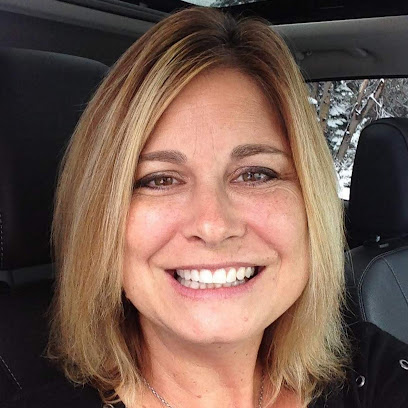
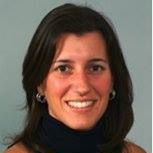
“In my practice I see a lot of kids in their first few weeks of life and many with breastfeeding problems. I was hoping to gain some tips to better serve my patients.
My biggest take away from this course was to give me better language to help educate the parents of the children I serve so that they better understand the role of chiropractic and cranial adjusting to the overall health of their families’.
This program has helped in terms of being better able to explain my findings and the role of chiropractic and cranial work for the youngest of patients.
I feel that my connection and education has resulted in better relationships with the parents of the children I serve as they are better able to advocate for their children and follow through with home care and keep their appointments. Thank you!”
Dr. Nicole Lederman
“I took this program because I want to stay up on cranial work, and continue to learn.
This overall Peak Potential program is furthering my knowledge, expanding my skill, providing more confidence, and allowing me to interact with other professionals better.
This was an introductory class and available for non-DC’s. It still is great to keep this information at the top of your mind.
One child recently came in with severe plagiocephaly, he was headed for a helmet and I started working on him and it improved significantly, very noticeable to the visual eye. He came in last week and had been fitted for a helmet and the doctor told them it may only be one month of wearing it instead of the 6 months they initially thought because his head had improved so much.
Keep doing what you are doing.”
Dr. Pamela Stone


“I enrolled in this course to help me identify cranial facial distortions and patterns more effectively and to be able to explain to parents why they should seek additional consultation.
My three takeaways are:
I will look at my clients differently and try to match structure with function more successfully.
I gave a parent specific examples of cranial facial distortions: one eye bigger, ears sitting lower, head tilted and referred.
This was a lot of valuable information. I wish you could have shown many case studies all throughout but especially in the later weeks of actual patients and pointed out the distortion patterns you see, what they mean, and what you would do about it. It is also helpful to see a patient from initial consultation to completion of care.”
Heather Youngman, MS, CCC-SLP
“As a new mom whose child had significant birth trauma, I realized the importance of craniosacral technique for child development overall. I’ve always been interested in this technique but didn’t have the time to take other courses.
I love the flexibility of the classes, content is amazing and can be applied to practice immediately and the app makes things easier.
Taking this program has solidified my desire to get certified in SOT and become proficient at it. There is so much need.
I currently have a 5 month old baby who had significant birth trauma therefore everything in this class was and is relevant for me form understanding more about cranial distortions caused by the birthing process, to milestones, primitive reflexes and especially tongue tie section given that during this course my son had a tongue tie revision. This course helped me find the right provider and know what to do after.
I love your classes and hope to continue learning from both of you. I wish I was closer to Boston.”
Dr. Elizabeth Sanchez
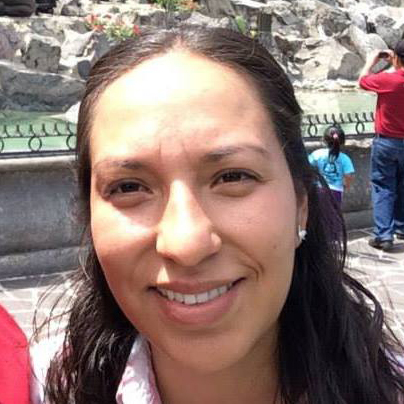
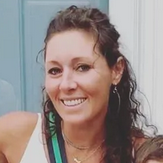
“This course was recommended to me by my friend and colleague. I was hoping to learn the causes of cranial facial distortions and their impact on development.
My three takeaways are: CSF buildup and its effect, common is not normal, and the effects of compensations that form when development is abnormal
This course has reminded me and made me more aware of how birth/development can be impacted by tension and other restrictions
I have been able to apply this info to some of my cases. A student with severe sensory aversions, toe walking and low tone has a history of traumatic birth and vacuum delivery. It has been hard to get parents to follow through with cranial work, but I hope this course will have helped me explain the rationale better so they can understand.
Thank you! I loved the doctor shares the most and also the Facebook page was interesting too!”
Meghan Kretz, MS, CCC-SLP, CSOM
“I took this course to increase my knowledge with cranial distortions.
This program as good quality of information presented in an easy to understand manner.
I’m noticing more distortions in my chiropractic practice.
My physical exam and notes have significantly improved. I still feel weak with adjusting cranial distortions, so that is next on my list of courses to take.
Well done. Thank you!”
Dr. Kim Baker


“I took it to gain more knowledge on specific facial patterns I see on the daily to help me identify what’s going on better. It was more entry level than I thought, but I gained some basics that will help me relate to parents.
This is a general course that gives you a broad awareness of cranial distortions and why is important It’s given me some tools, but I’m going to build on this through working through some of the previous course material to help me correct the distortions I see on the table
I would say I’m more show and tell on the table with parents and can help them understand the importance of what I’m seeing that is often not why the parent brought their child in, but relates to it so much. I really enjoy learning this work.”
Dr. Kelly Fortier
“I wanted to better ‘see’ cranial distortions and understand the factors contributing in a particular presentation. I wanted to better understand the chiropractic lens. I feel chiropractic care can be an important care component for my clients with oral motor, speech and feeding issues. I wanted to have a better understanding of which clients would benefit the most. Also I wanted to better explain my rationale for suggesting the pursue chiropractic care
Gives a good understanding of the various systems which could be contributing to cranial facial distortions. Stress the importance of early intervention when warranted. Presented a case for professional intervention but also a worthy set of exercises which are easily integrated into daily routines and which impact growth and development
I entered the course with a fairly good understanding of the systems reviewed but it was helpful to get a better understanding of the chiropractic lens.
Thanks for offering this class to parents and related professionals. I am an SLP who enjoys collaboration with local chiropractors.”
Byrna Bornstein, SLP
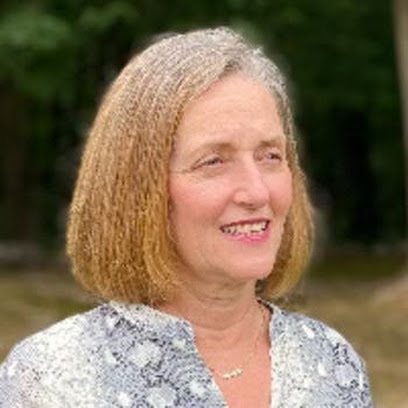

“I took this program because both of my children and me were tongue-tied. We all had them lasered off by Dr. Billiot or Dr. Kotlow. My son has primal reflexes retained, can be inconsolable at times, had very difficult time sleeping for the first 2 years of life.
My three takeaways are:
Both my children seem to be congested when they’re not sick. My 2 y/o daughter is worse than my 4 y/o son. Both are mouth breathers but she is worse. I will dive deeper to further help them.
I have a patient who has plagiocephaly (her bow on her head didn’t sit right/equal around her head) that I was able to help reshape their head. She became a “more pleasant” baby.
Thank you for offering these courses.”
Jacob Fiamingo, DC
“I took this course to learn more about how cranial facial distortions affect different aspects of development. I also wanted to learn when looking at a babies/toddlers facial structure how certain distortions are related to cranial subluxations and then to know the correction.
This program hits on every aspect of development from gross motor to primitive reflexes to things that maybe non-chiropractors don’t learn like the dural meningeal system. This course helps to tie all those things together and helps non-chiropractors learn the signs of cranial facial distortion and what they can do to help.
This course has helped me to look at treating children in a whole body manner. When treating any child you can’t just look at one thing to help them you need to think about every aspect of their development and the things that could be affecting their development. This course has allowed me to do that on a bigger scale.
I had an 18 months old in that I have been treating for torticollis, which has resolved. She comes in because she started crying during diaper changes. After listening to the dural meningeal lecture I began treating her for dural tension, which helped her so much.”
Dr. Ashley Rich
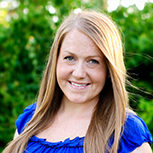
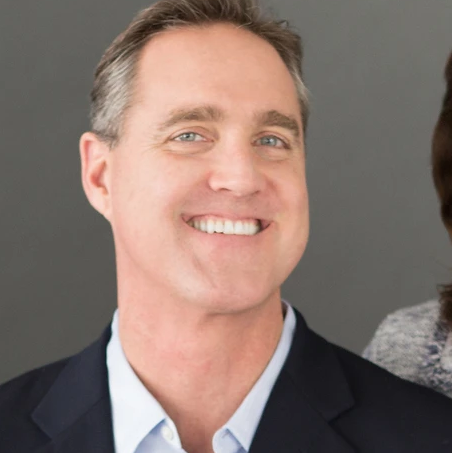
“I took this program to expand my detailed knowledge of Pediatric Chiropractic.
There were great Details, Sound Knowledge Base and Professional Presenters.
I know have a more solid foundation and certainty with Pediatrics.
I have been seeing many more babies in practice and getting great results.
Thank you!”
Peter Hilgartner, DC
“I took this program for basic infant assessment.
The course had interesting content with short classes and timely call to actions. It is recorded, so the student can watch over and over again.
It was a great review and I was able to implement it immediately.”
Thank you.
Dr. Susan Waletkus
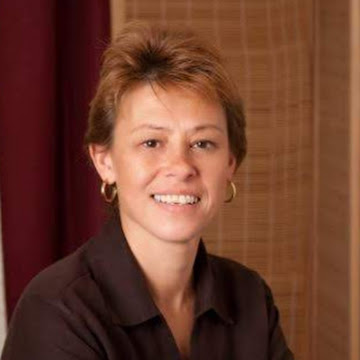

“I took this program to improve my cranial adjusting skills and understanding for the adult and pediatric population.
I like the segmentation and the Q and A and the availability of the doctors to answer all questions.
This program has made huge steps forward especially in TMJ issues and autoimmune disease
I used the Ventricular bulb technique with an MS patient with increased swelling in legs, reduced by 50% the next day.
I would recommend this program, but probably not to someone who has no hands on prior experience in cranial work due to pressures and understanding of the concept, since this is not a hands-on class.
The concept is great, and with the video format I could re-watch the segments, using it with having a volunteer on the table and let the techniques ‘sink in’”
Silke Laub, DC
“I love everything Dr. Rosen offers, and this topic was especially interesting to me. We do extensive work in my clinic with complex kids, tongue ties and primitive reflexes. Just hoping to learn even more.
This is a nice introduction to cranial distortions. Excellent explanation of primitive reflexes Important info on plagiocephaly and how to measure and classify it.
This program has given me some additional exam points to include.
We have a complete TOTs program which also ends up including facial asymmetries, torticollis, plagiocephaly, etc. It’s important to help parents see how it’s all connected.
Always such great information. Thank you!”
Dr. Sonia McGowin
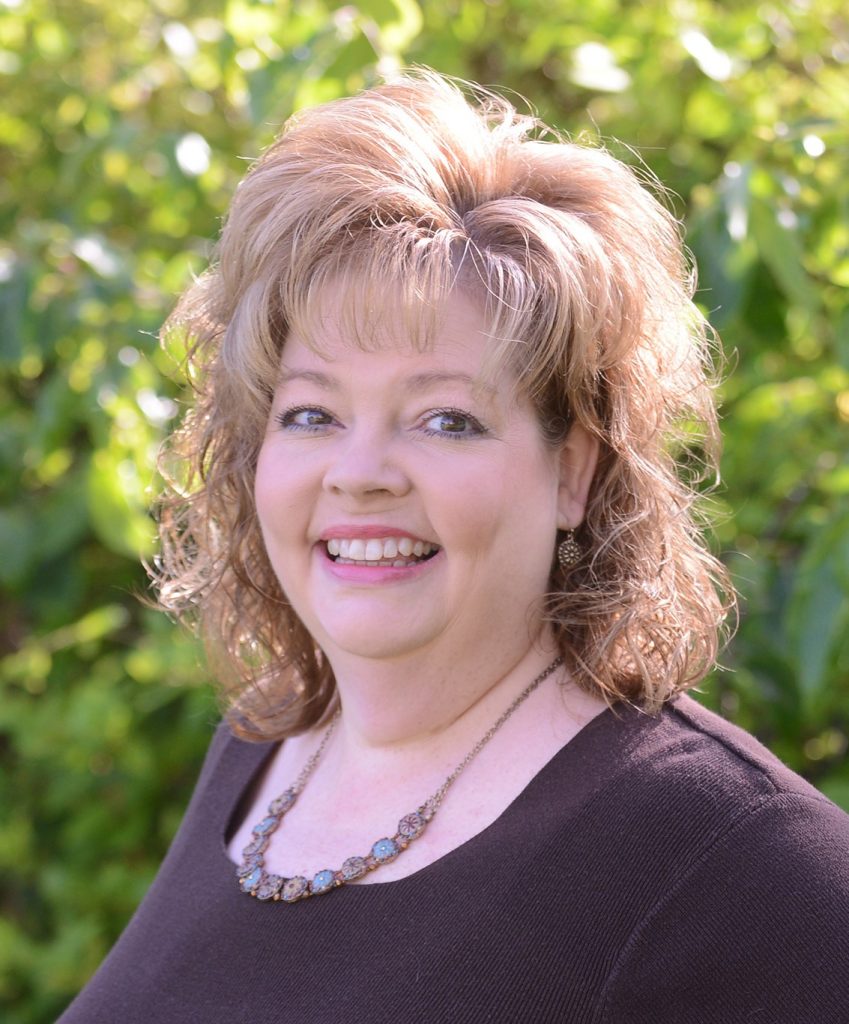

“I took this program to learn more about tongue-ties and cranial distortions so I can offer more sound information to parents. To help babies and parents enjoy the first months together.
My three takeaways:
This program has left me on the same quest of why I took the class to find out what to do with these children and how to change parents’ perceptions.
I think this is a good overview class if you haven’t had any cranial education.”
Dr. Larissa Rice Forsberg
“I wanted to take this course to learn more about SOT pediatrics.
This course gives a nice refresher of the anatomy and a good introduction to SOT pediatrics and a good basic know-hows to what to look out for.
I would recommend doing this course as an introductory course before doing the 10-month SOT Pediatrics course.
I used the SOT techniques on a 3-month old premature baby and it helped to resolve his torticollis and plagio problems.
It is always a pleasure to do your classes and to learn more about SOT. Thank you very much.”
Dr. Kunnakar Lung-Tor
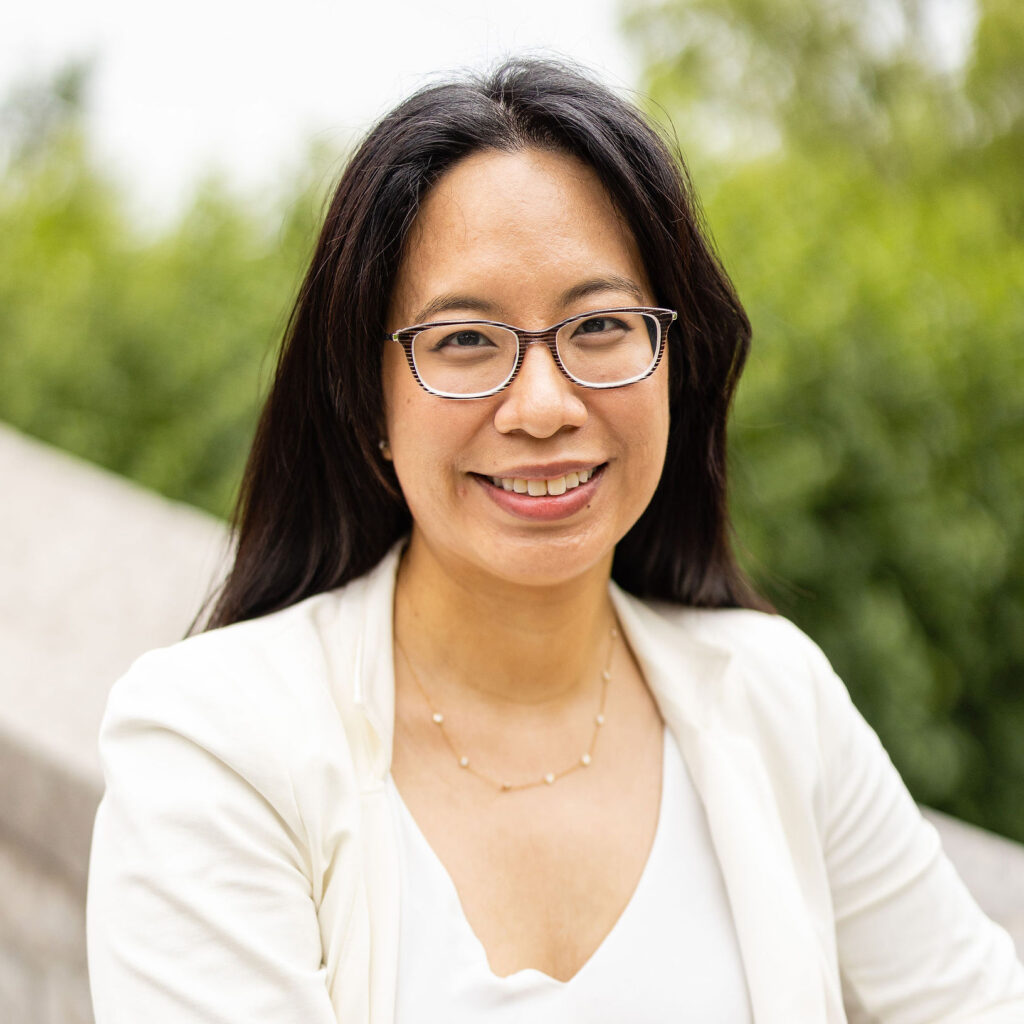
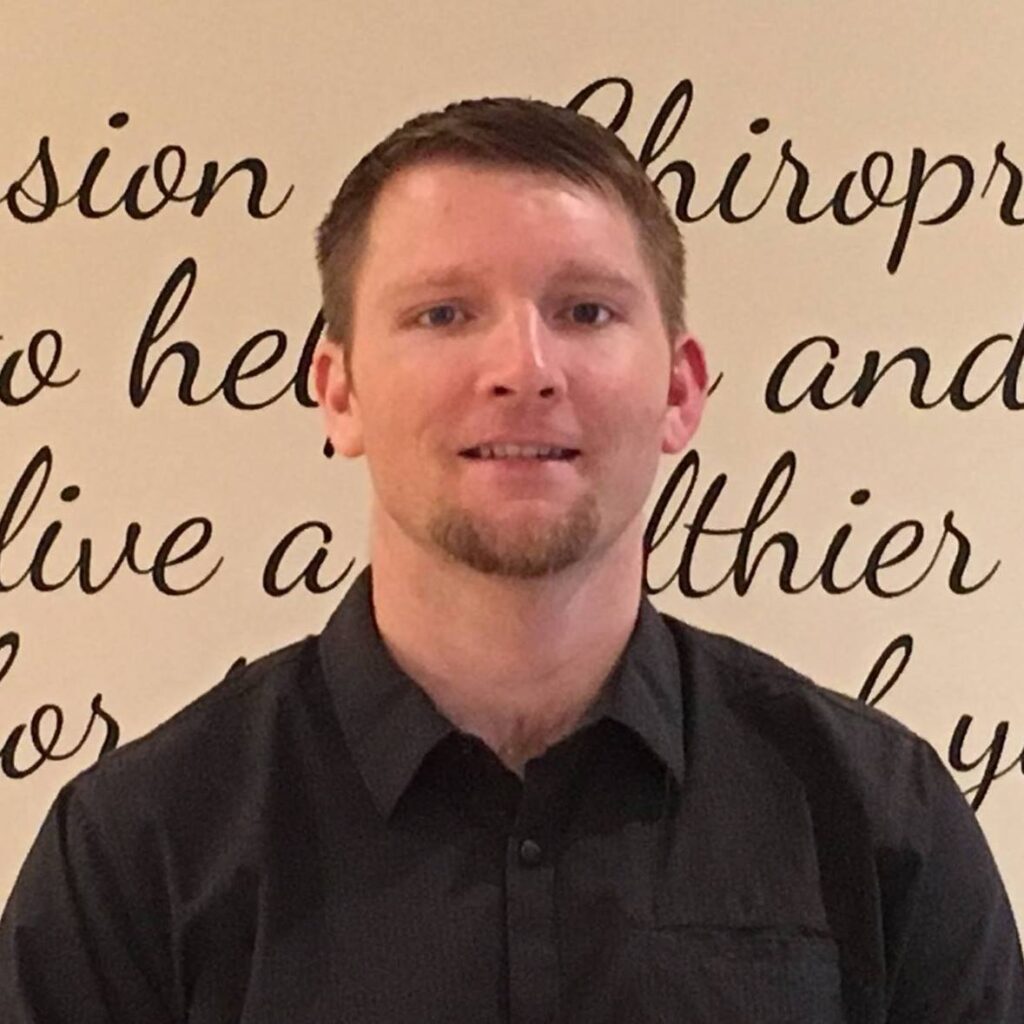
“I took this program for further understanding of infant health issues and ways chiropractors can adjust or help them.
It was a great review of infant anatomy and health problems infants may have.
It has refreshed me on the anatomy of infant development and I have learned more about infant health problems and signs to look for and I have more certainty in evaluating infants for cranial problems.”
Dr. Brian Douts
“I took this course to work on my communication skills for those that are not Chiropractors.
I have a better way to communicate with parents and other providers about what we do.
Any time I can better serve my community, I consider that a win
I have more effective communication coupled with giving parents a copy of ‘Its All in the Head’
Thank you for this course.”
Dr. Ken Cooper
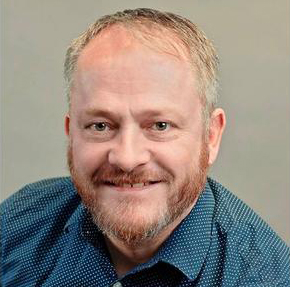
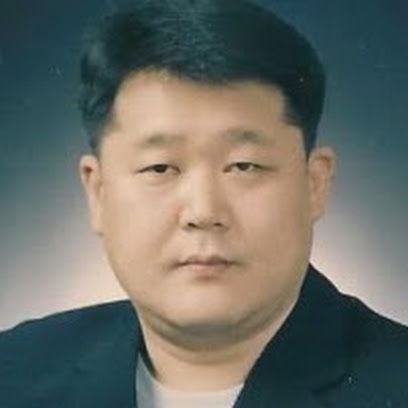
“I took this program because I wanted to study SOT in more depth. So I chose this course and hoped that it would provide a good study on craniofacial distortion.
Having studied this course, my three takeaways are cranial and facial distortion, developmental potential and nervous system development
I tried to be more careful and in-depth when seeing patients, and it had a positive impact on my life.
Thank you very much for giving such excellent lectures.”
Dr. Kim Hyun Mok
“I wanted to learn more about cranial adjusting. I didn’t realize this was more geared toward the general public with an overview of cranial and development.
To add to my practice and help support patients more: 1 – do a more thorough eval of primitive reflexes in infants 2 – tongue tie check 3 – I like the cranial distortions sheet to use as a guide on evaluations
I like the list of specific things parents can do to help their child develop.
I added more primitive reflexes to my exam and have a better base line to check pre- and post-care.”
Dr. Cassidy Walrath

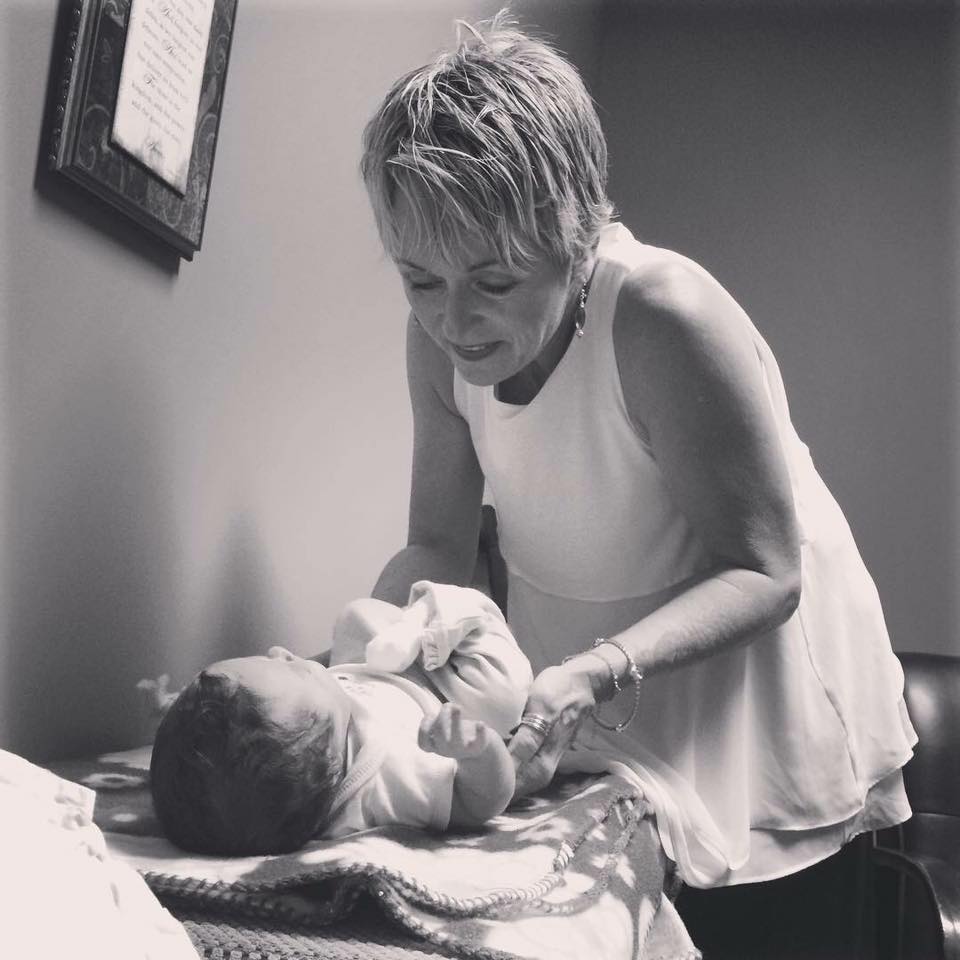
“I took this program to help with infant care in practice.
My takeaways are how to notice facial distortions, body movements, tongue tie.
This program has helped me notice cranial distortions in my grandchildren, and has helped me help moms.”
Christina Baran Gray, DC
“I took this program as a refresher on information.
This course is easy to complete, easy to understand and good information. This was a good review.
I thought things were explained well.”
Rosemary Schiavi, DC, DICCP
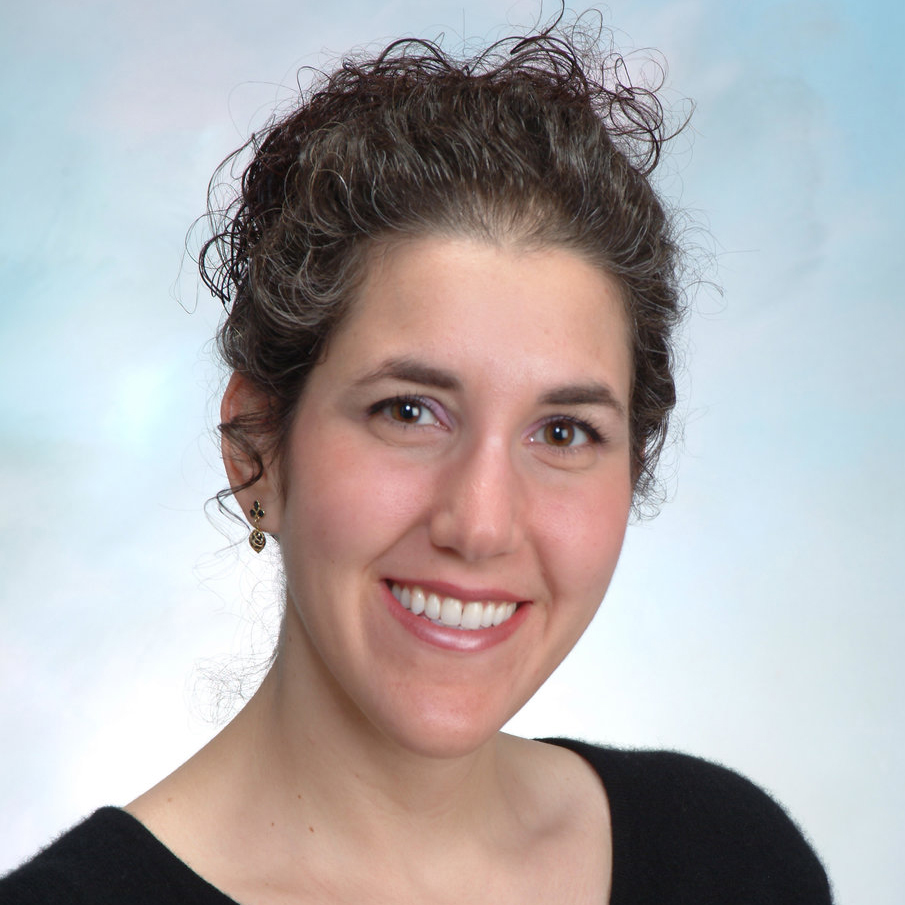
Join my mailing list for tips on chiropractic technique, practice management, research and philosophy.
I promise your email will never be shared, sold, or rented!
“Before taking this class, I was doing cranial adjusting from what I learned through KST. I wanted to dive into intraoral work and understand deeper how to decrease dural tension and increase CSF flow.
I wish every chiropractic school would put as much emphasis on cranial adjusting as they do upper cervical analysis.
I have seen an array of cases of the past 28 years yet there was still room to broaden my scope to be able to help more complicated neurological cases. The 12-year-old boy with Rett’s for instance was up out of his wheelchair and put pressure on his feet with the help of his mom for the first time in 2 years after only 2 cranial adjustments!!! Before coming to the office, he would have a seizure every time he urinated and that is gone too!!! Those results are priceless and will open the door to see others like him whose parents are looking for solutions. Personally, that has brought me immense joy to have that kind of impact on a family who has to give this sweet boy 24/7 care by easing their stress and giving them some hope. An added message…When the mother took her son to his neurologist the other day, she told him what I was doing with her son and he looked me up on my website, social media, and reviews and then explained to her how this technique I was doing was helping her son!! That was a WOW to me and is soooooooooo much more rewarding that just helping someone’s back feel better. Our office is about family wellness, so by sharing this testimonial with other people we serve, we will attract more new people with cranial issues that we can successfully address.
Another example would be instead of just adjusting someone’s TMJ as I would in the past, I now am addressing cranial distortions that are causing the TMJ to many of my patients. This is bringing more long lasting results.
YES!!! I would recommend this program. Everyone has had an impact to their cranium (chiropractors too) and unless it is addressed, it will continue to affect the physiology of their body. No matter what technique one uses, this course will only maximize results and better function for their patients.
The two of you are masters at cranial work and I appreciate feeling like a beginner at something even after 28 years of practice that I feel is a game changer to making what we offer even more special and unique than the medical profession and what other chiros in my area are doing.”
Karen Ferguson

